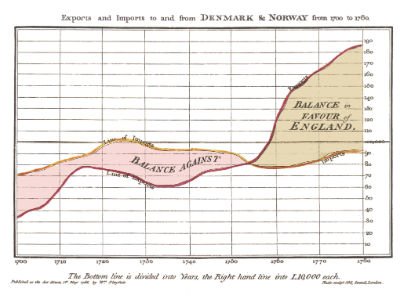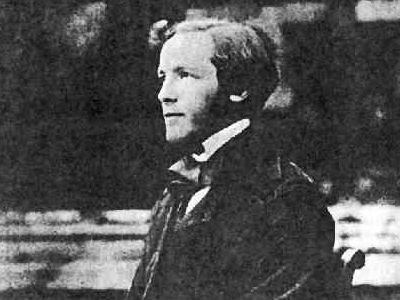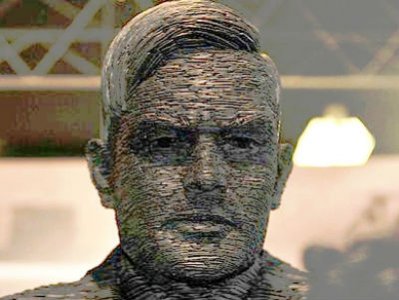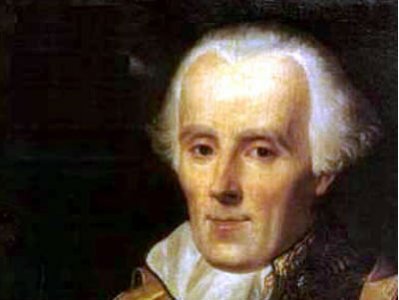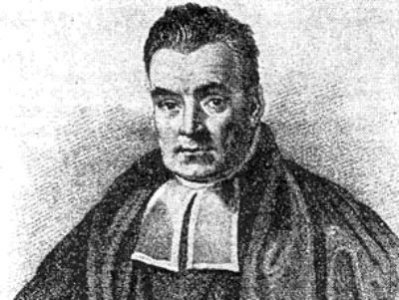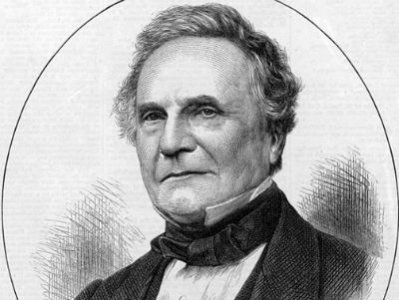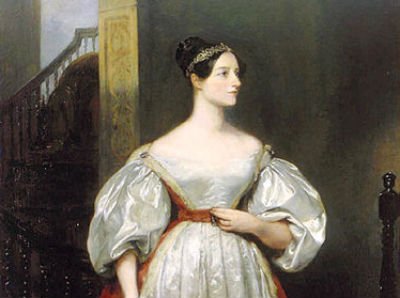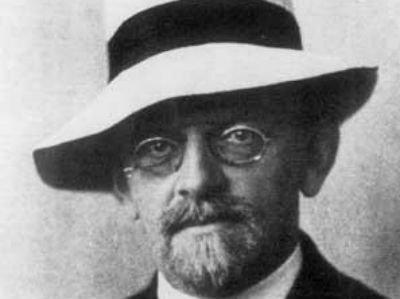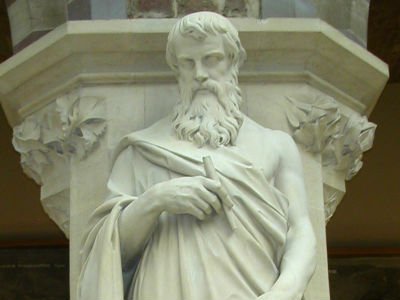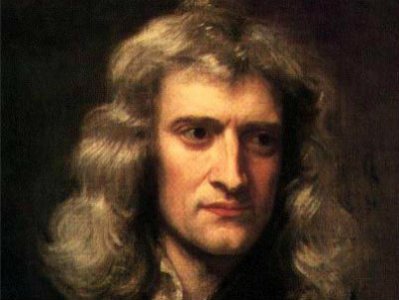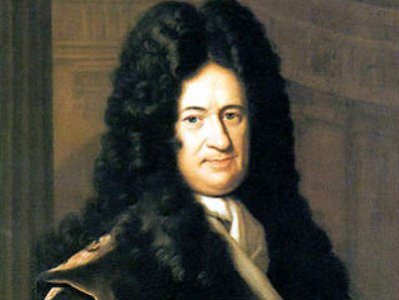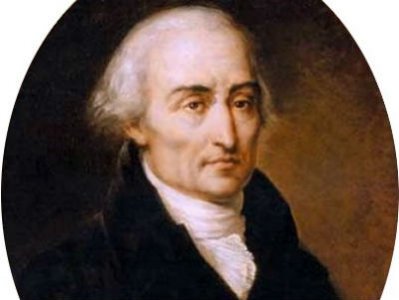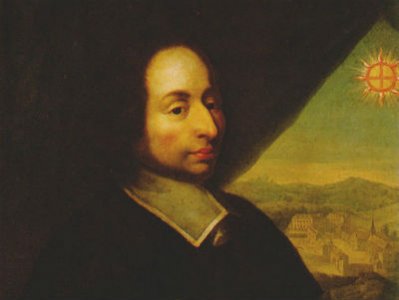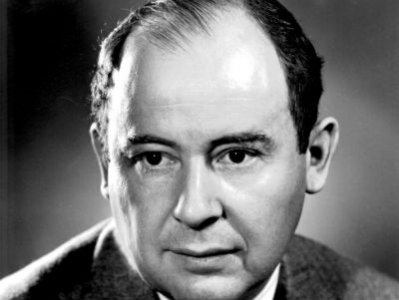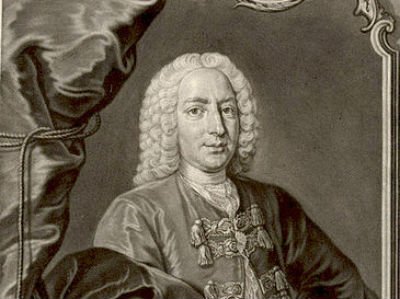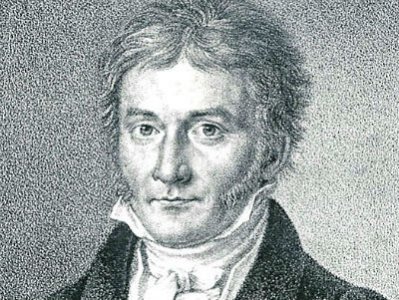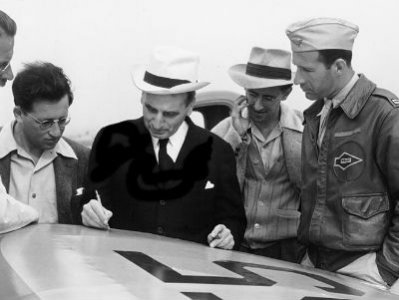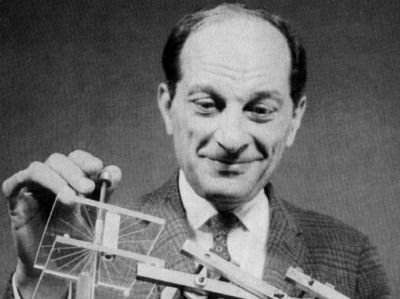20 Mathematicians Who Changed The World
We’re changing that right now.
We’ve identified the 20 mathematicians responsible for the modern world.
William Playfair, inventor of charts
William Playfair, a Scottish engineer, was the founder of graphical statistics. Besides that signature accomplishment, he was at various times in his life a banker, an accountant, a journalist, an economist, and one of the men to storm the Bastille.
It’s difficult to overstate his importance. He was the inventor of the line graph, bar chart, and the pie chart. He also pioneered the use of timelines. You’re probably familiar with his work.
James Maxwell, the first color photographer
Maxwell was a Scottish mathematician who formed the classical electromagnetic theory. This combined centuries of research in magnetism, electricity, and optics into a single theoretical framework. He was the first to demonstrate that electricity traveled through space at the speed of light.
How crucial was he? Einstein kept a framed photo of Maxwell on his desk beside pictures of Michael Faraday and Issac Newton. He was the first to develop a color photograph. Connecting light with electromagnetism is considered one of the greatest accomplishments of modern physics. He’s in many ways the founder of his field.
Alan Turing, World War II codebreaker
Alan Turing is a British mathematician who is hailed as the father of computer science. His work laid the groundwork for the PC you’re presumably reading this on.
Turing is especially unique on this list for his efforts during the Second World War. Working at the famous Bletchley Park, Turing is credited as one of most important people in devising the techniques for breaking the German Enigma cipher.
He developed the method by which the Bombe – a massive electromechanical machine built by the Allies – could crack the Enigma on an industrial scale, allowing them to read nearly all German communication. In that regard, he is one of the founders of modern cryptanalysis, and by all rights played one of the most crucial parts in winning the Battle of the Atlantic for the Allies.
Pierre-Simon Laplace, pioneer of statistics
The marquis de Laplace was pivotal in the development of mathematical astronomy and, most significantly, statistics.
Laplace was one of the first people to propose the existence of black holes. He was one of the central forces behind systematizing probability theory, laying the groundwork for what is now termed Bayesian statistics. He was one of the first to study the speed of sound
Thomas Bayes, advancer of statistics
Thomas Bayes, a Presbyterian minister, laid the groundwork for Bayesian Statistics.
Essentially, that interpretation of statistics looks into what can be said about an existing state given the results of a statistical test. Bayes’ Theorem allows for the computation of conditional probabilities. Without getting into too much detail, that theorem is an essential concept in the field of predictive statistics.
Charles Babbage, computer visionary
Babbage, an English mathematician and inventor, is considered the general “father of the computer” for his proposal of the invention of the first mechanical computing device.
Babbage’s difference engine was uncompleted in his life, but the work he did motivated the field as it progressed. Funding problems plagued the process, but his designs would go on to be proven sound. He later designed an Analytical Engine which could hypothetically be programmed with punch cards.
Ada Lovelace, the first computer programmer
Working with Charles Babbage, Countess Ada Lovelace is considered by some to be the world’s first computer programmer.
She was the daughter of poet Lord Byron and was a corespondent of Babbage’s as he tried to build his difference and analytical engines. She considered herself an “analyst” and Babbage described her as an “Enchantress of Numbers.” Dying at the age of thirty six, her translations and notes today stand as both a historical record of Babbage’s research and one of the initial discussions of computer programming.
David Hilbert, the patron saint of math teachers
David Hilbert, besides his immense contribution to functional analysis, may as well be the patron saint of math teachers.
He is one of the founders of proof theory and was a leader in the mathematics field. One of his most important accomplishments was creating, in 1900, a legendary collection of 23 unsolved problems. The problems would go on to set the syllabus for the entire field for the 20th century. In doing so, Hilbert inspired and motivated generations of mathematicians.
Euclid of Alexandria, prover of math
Euclid, an ancient Greek mathematician alive during the reign of Ptolemy I in 323-283 BC, was the author of Elements, which served as the primary textbook for mathematics until the dawn of the 19th century. He originated Euclidean Geometry, and while perhaps not demonstrably responsible for the modern era, Euclid was certainly responsible for most of the elementary mathematics that led to it.
Euclid was among the first to formalize mathematical proofs, the primary method of exposition for the discipline.
Issac Newton, inventor of calculus
While not exactly obscure, this list would be incomplete without a mention of Sir Issac Newton, the English luminary of the Scientific Revolution.
Newton developed early physics, a scientific method, the theory of universal gravitation, and calculus. He advanced the technology of the telescope, and developed Newtonian Mechanics. Newton’s laws are well known today even by people outside of the scientific community. His impact on modern physics is nearly impossible to overstate.
Gottfried Leibniz, always in Newton’s shadow
German Gottfried Leibniz invented infinitesimal calculus independent of Englishman Sir Issac Newton. His notation is still widely used today.
He was an avid inventor of mechanical calculators and added multiplication and division functions to Pascal’s calculator. He refined the binary number system in the late 1600s, enabling the development of digital computers centuries later. A notorious optimist, Leibniz coined the phrase “the best of all possible worlds.”
Joseph Lagrange, simplified Newton’s work
Few mathematicians have made as great a contribution to the field as Lagrange. His legacy is so immense, his is one of 72 names inscribed on the Eiffel Tower and he is buried in the Pantheon, the national tomb for great Frenchmen.
Lagrange essentially created the science of partial differential equations from 1772 to 1785. Today that science is used to model heat, sound, electrodynamics and additional difficult-to-model information. Besides that, he entirely re-formulated and simplified Newton’s equations of classical mechanics. Lastly, he also advanced the solution to the three-body problem, one of the trickiest problems in physics.
Blaise Pascal, inventor of the first calculator
Blaise Pascal was a French mathematician and physicist active in the 17th century. He clarified the concept of pressure and vacuum.
Pascal invented an early version of the roulette wheel and created the hydraulic press. He developed the syringe. He also made early contributions to probability theory and actuarial science, and made the first mechanical calculator.
John von Neumann, early developer of the digital computer
Hungarian-American John von Neumann was credited as one of the greatest mathematicians of his age. Besides his widespread contributions to broad disciplines within pure mathematics, he also did a great deal of work in the applied fields.
Von Neumann was the first to propose the concept of Mutually Assured Destruction to the United States during the Cold War. Besides that, he also proposed the concept of a self-replicating automata. He is a key figure in the development of the digital computer. He worked out steps to completing a thermonuclear reaction.
Leonhard Euler, a mathematician with an imagination
A Swiss mathematician who spent most of his life in Russia, Leonhard Euler is considered the preeminent mathematician of his generation.
Euler was the first to introduce the concept of the function which in and of itself is an immense achievement. That set the stage for all mathematical development since. He was the first to ascribe the letter “e” to mean the base of the natural logarithm, the first to use “i” for the imaginary unit, and he assigned sigma for summation. He introduced Euler’s formula, a trigonometric equation, and he developed the Euler’s identity, eπi + 1 = 0. His impact on mathematics is profound.
Daniel Bernoulli, built the foundations of aerodynamics
Daniel Bernoulli, a Swiss mathematician, is remembered for his contributions to fluid mechanics and his work in statistics and probability. He was one of many members of the Bernoulli family to make significant contributions to mathematics.
He was one of the first people to try to develop a kinetic theory of gasses. Bernoulli’s principle is a critical aspect of aerodynamic research. He was a medical pioneer, applying available statistics to describe a smallpox outbreak in 1766. For those in finance and economics, he wrote the initial theory on risk aversion and utility.
Carl Freidrich Gauss, behind everything we know about statistics
Gauss is considered to be one of history’s most influential mathematicians. A German child prodigy, Gauss would later lend his name to an immense amount of discoveries even after his death.
The bell-curved normal distribution is a now central element of modern-day statistics and is sometimes referred to as the Gaussian distribution. Gauss also was interested in the field of differential equations, which are pervasive in modern engineering. He was also central in developing the theorem which established important properties of curvature. He would later co-design the first electromagnetic telegraph in 1833.
Joseph Fourier, explained the greenhouse effect
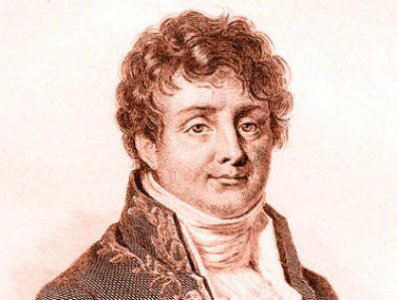
Public Domain / Wikimedia
Joseph Fourier was orphaned at the age of eight and later served on his local Revolutionary Committee during the French Revolution. Fourier joined Napoleon on his expedition to Egypt, and played a role in the translation of the Rosetta Stone.
He contributed to thermodynamics, dimensional analysis, and developed a partial differential equation describing the diffusion of heat that is today taught in elementary physic lectures. In the 1820s he was one of the first to recognize the atmosphere’s impact on retaining heat, now known as the Greenhouse Effect.
Theodore von Kármán, the mind behind the helicopter and supersonic flight
Born to a Jewish family in Budapest, von Kármán exited Europe in 1930 to accept a position at Cal Tech. He founded the company Aerojet.
Early in his career he designed a primitive helicopter. Von Kármán became an important mathematician behind the idea of supersonic flight, conducting research about turbulence, airfoil and supersonic aerodynamics. During the Second World War, von Kármán consulted for the Air Force about German rocket potential. He founded NATO’s aeronautics research group.
Stanislaw Ulam, developer of the Monte Carlo simulation
A participant in the Manhattan Project, the Polish Jewish mathematician is the latter half of the Teller-Ulam design of a thermonuclear weapon. Besides his work in nuclear physics, Ulam also developed the Monte Carlo method of simulation. This method involves running hundreds of simulations to estimate the probability of an event. This strategy is in consistent and pervasive use in modeling today.
By Walter Hickey, from: http://www.businessinsider.com/important-mathematicians-modern-world-2012-7?op=1#ixzz21TwtlFBd

